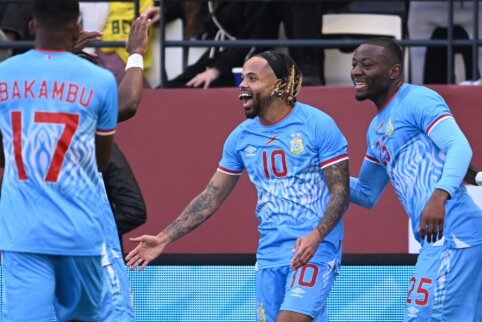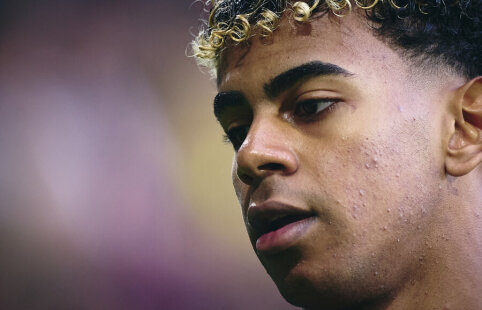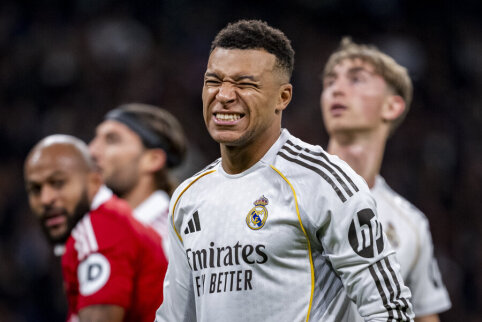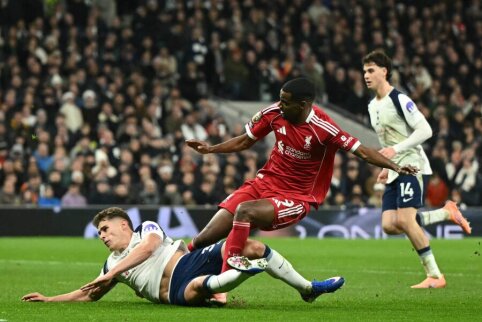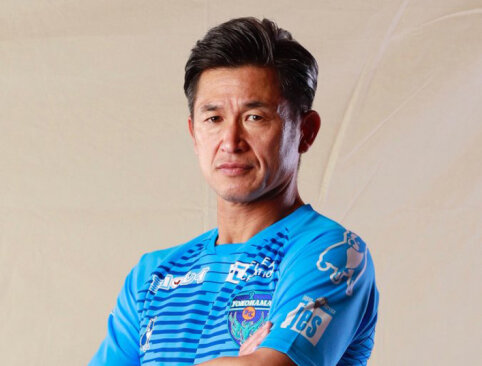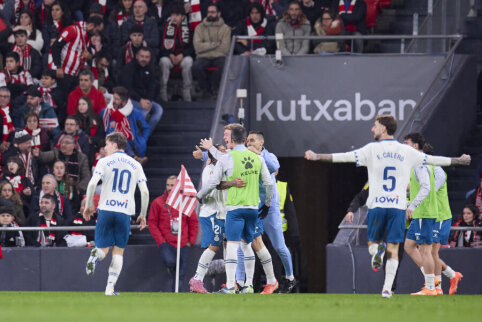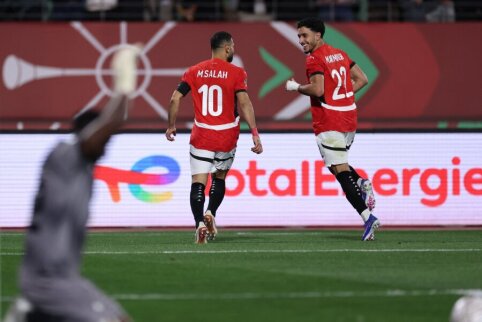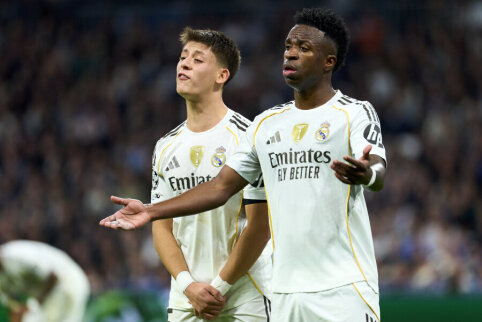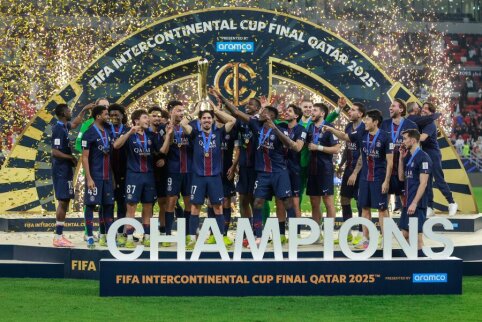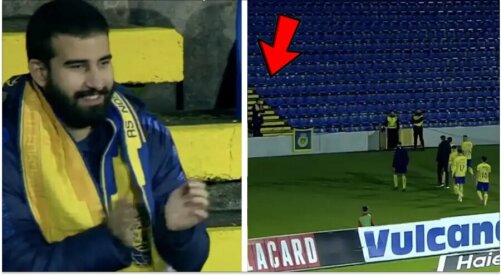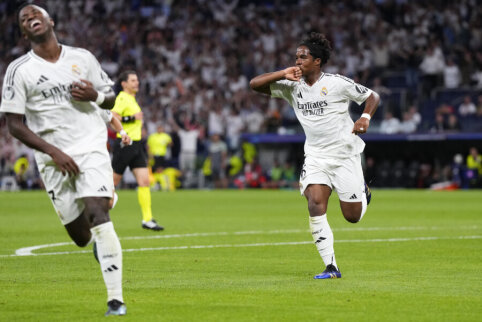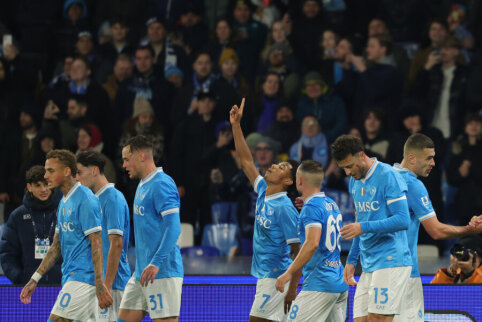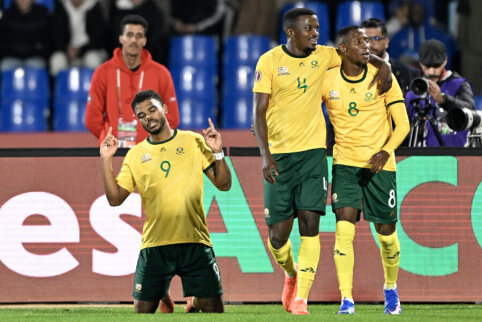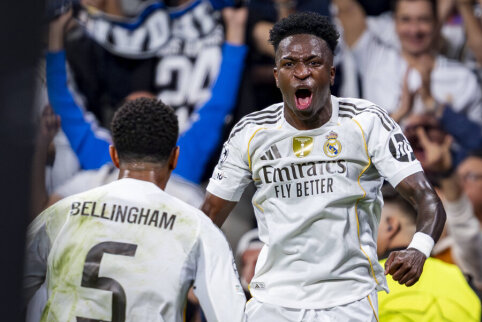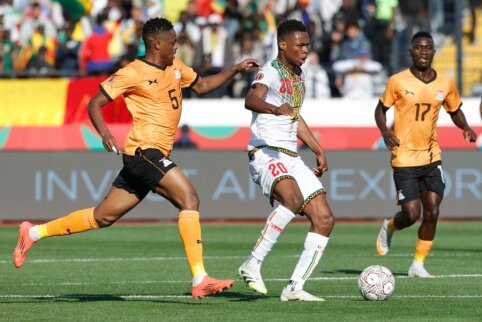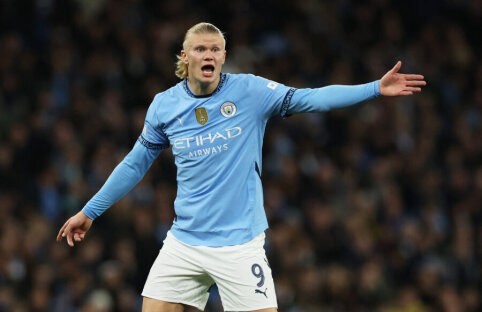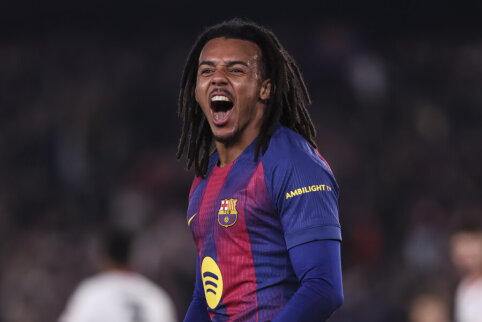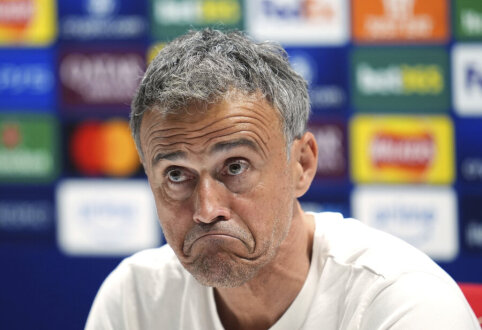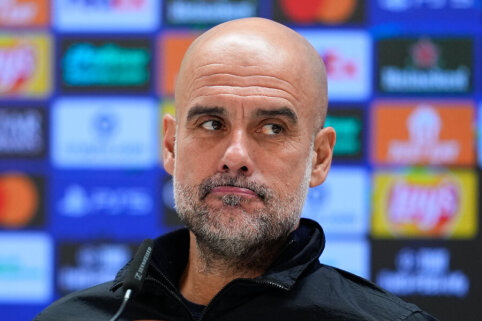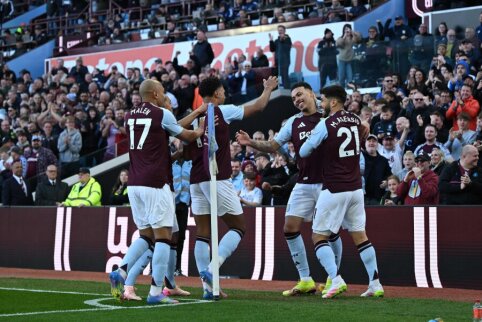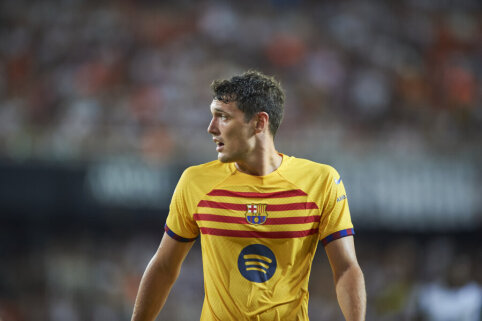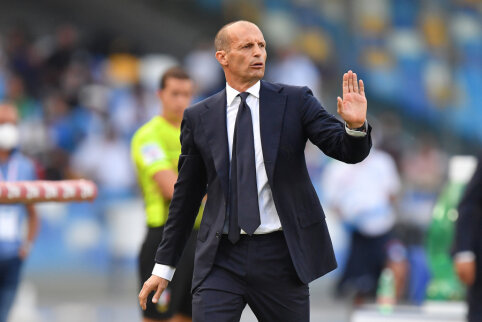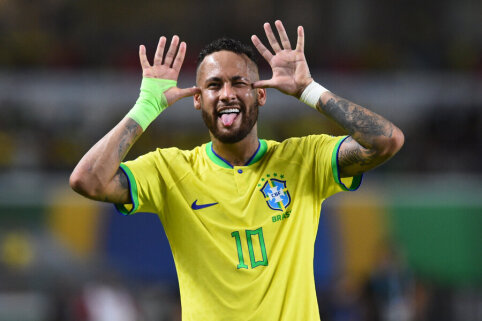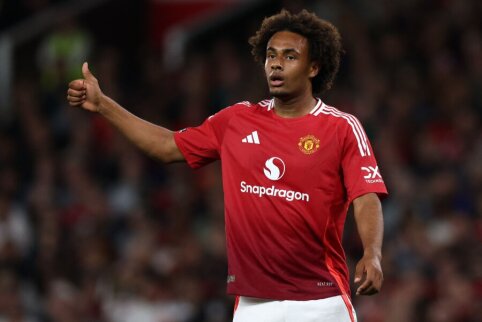 © EuroFootball.com
© EuroFootball.com
All of us eagerly awaited this clash of the two giants. We notice that in Lithuania there are many fans of the Dutch national team, still remembering the times of Marco van Basten, Ruud Gullit, or even Johan Cruyff. At that time, it was a country that dictated football fashion, introducing the world to total and beautiful attacking football. It must be admitted that for several years now, the Netherlands have been playing a completely different style of football than their fans expect. Yes, they became world vice-champions, but it is a pragmatic, defense-first game, often accompanied by very rough defensive actions. Meanwhile, the Germans, identified with tireless, disciplined, pragmatic machine play differently - they create, run, attack, and score goals. So in Kharkiv, we had the opportunity to see two different style teams, which always gives the audience many good impressions.
Bert van Marwijk released almost an identical lineup as in the match with the Danish team, deploying the 4-2-3-1 formation, hoping that his team would play well in that match, it just didn't work out. Experienced Joris Mathijsens replaced defender Ron Vlaar. Joachim Low started the match with the same lineup and tactical formation of 4-3-3 as in the victorious match against the Portuguese.
The "Oranje" started the first half more actively seeking to exploit the flanks, throwing the ball to the lone striker Robin van Persie between defenders or over them. This gave rise to several dangerous attacks towards Manuel Neuer's goal. After some observation, the Germans used long, high passes to find Mario Gomez. Much more active than in the previous matches was Mesut Ozil, who, playing on the right wing against the inexperienced Jetro Willems (18 years old), posed a real threat to the Dutch.
The decisive battle took place in the middle of the field, where the Germans had the advantage. The Dutch national team coach likes to play with two defensive midfielders, which gives him a secure rear, but limits attacking opportunities. Left alone, Wesley Sneijder has to connect the defensive midfielders and search for the lone striker. If he is properly marked, the Dutch attack becomes one-sided and easily predictable. This is what happened when playing against the Germans. Moving too high on the field, between opponent defenders and defensive lines, W. Sneijder isolated himself from receiving the ball. Therefore, the "Oranje" had nothing else to do but play through the full-backs, shooting from distance or seeking an uncovered R. van Persie. However, this was not successful for several reasons. Firstly, the German defensive line was quite deep, close to their goal, the attacker had no opportunities to find open spaces for low passes, and high passes were impossible due to the obvious German defenders' dominance in the "second floor." Secondly, the full-backs were easily predictable and supervised by very reliable defenders. Arjen Robben played against his club colleague Philipp Lahm, who knows him very well, in addition, the Dutchman is clearly predictable: moving towards the goal on the right side, stepping on the left foot, moving towards the center and passing or shooting. If the defender manages not to let A. Robben step on the ball on his left foot, the danger is eliminated. Ibrahim Afellay, who missed almost the entire season due to injury, was in the claws of one of the best defenders of the championship, Jerome Boateng. The full-backs did not join the attacks, so the Dutch needed another attacking player, but Rafael van der Vaart appeared only in the second half. Throughout the game, the "Oranje" made more passes (with an accuracy of about 90%), controlled the ball more (52% to 48%), but most of these passes were made on their side of the field, not posing a serious threat to M. Neuer's guarded goal.
From the 20th minute, the Germans started to hold the ball by playing more accurate, short passes, which equalized the game. Nigel de Jong monitored M. Ozil. When the latter approached the Dutch defenders by drawing N. de Jong with him to the flank, captain Mark van Bommel was left alone to monitor the middle of the field. This created uncontested spaces for German midfielders to attack. It was precisely after such an episode, when left alone, Bastian Schweinsteiger made a precise pass to a well-positioned M. Gomez, who scored the first goal. And a little later, after a similar sequence, the second one.
The Dutch started the second half by making many changes. On the field appeared R. van der Vaart, Klaas-Jan Huntelaar, W. Sneijder started playing a bit lower, and A. Robben moved to the left wing of the attack. The game changed a bit because B. van Marwijk's pupils had more attacking capabilities. Although the full-backs did not join in the attacks, the additional player started connecting the midfielders, searching for the striker, and lifting the ball into the penalty area. Although the Dutch did not create a real opportunity for a goal, they managed to shift part of the game into the German half before finally scoring a goal after a long shot. Meanwhile, the Germans enjoyed rapid counterattacks.
The match showed that the Dutch lack fire and creativity in attack. For decades, this has been their calling card and strength, but now, even though they have talent, they don't utilize it. They play very predictably, keeping two defensive midfielders on the field, one striker, even when they need to win. The attacks do not succeed, leading to a lack of confidence and internal disagreements on the team. Meanwhile, the Germans play without distraction, with a clear pattern formed as early as 2005, not suppressing their attacking potential, protected by a reliable defense.
The "Oranje" still have a chance to advance to the next stage. To do this, they finally have to win.
